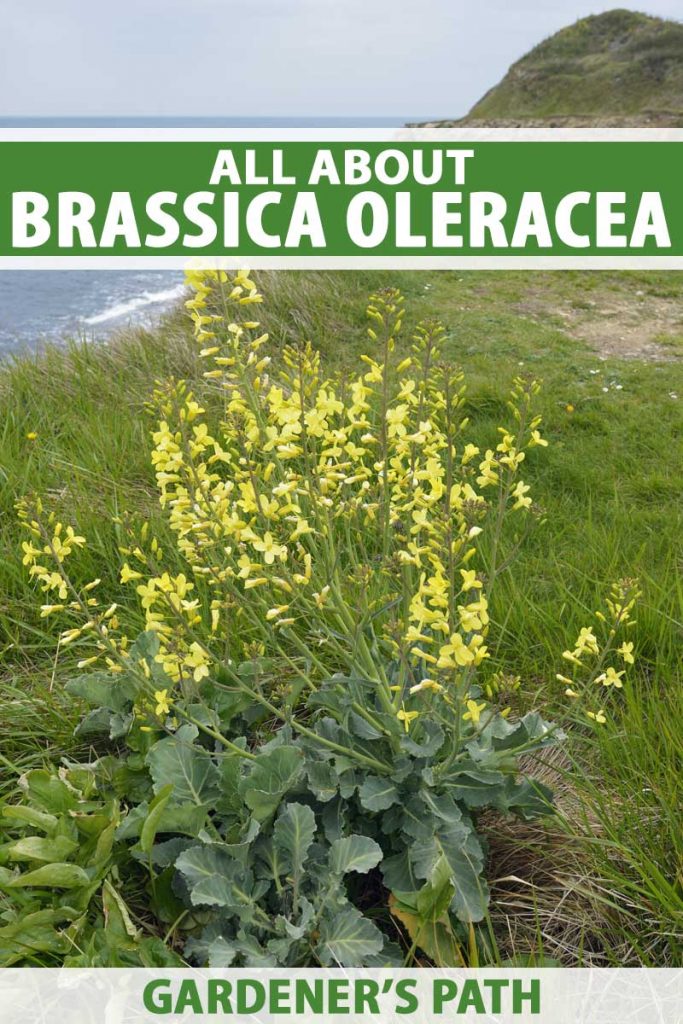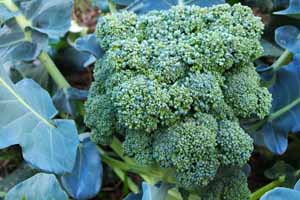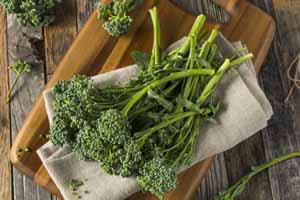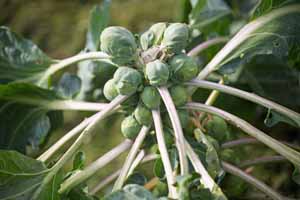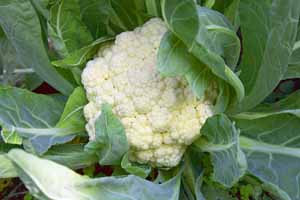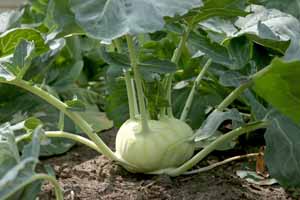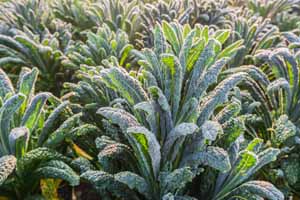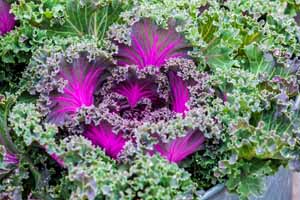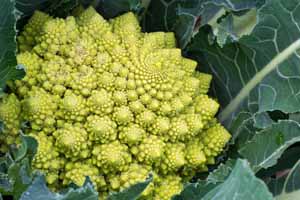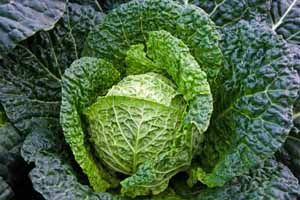Brassica oleracea is a species of plant in the mustard or cabbage family (Brassicaceae).
Although at first glance they may appear to be different types of plants, the cruciferous vegetables broccoli, cabbage, cauliflower, brussels sprouts, kale, collard greens, gai lan, and savoy are all cultivated varieties of wild cabbage (Brassica oleracea var. oleracea).
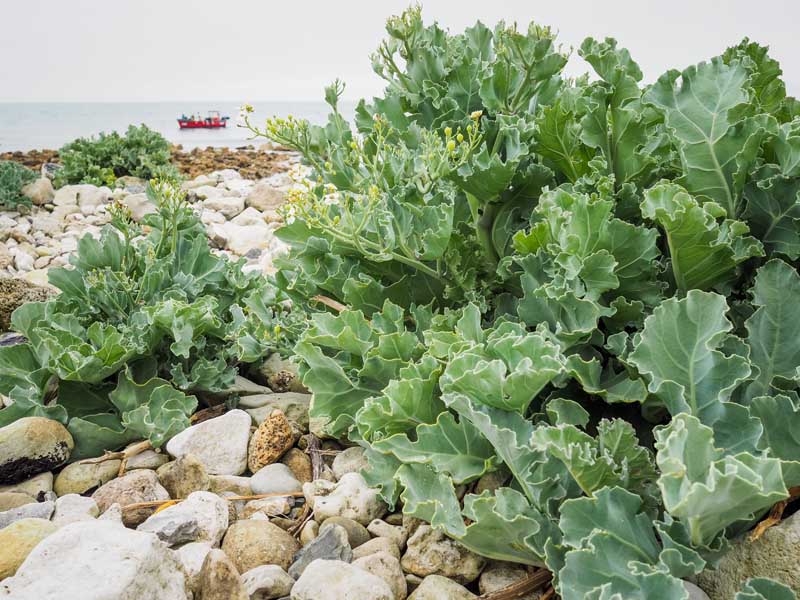
Wild cabbage is native to the western and southern parts of Europe where it thrives along limestone sea cliffs thanks to its tolerance of salt and lime, and lack of competition for the same growing space.
The chalk cliffs along both sides the English Channel in areas such as the county of Kent (home of the city of Dover) in the UK, and Normandy, France are its preferred habitat.
In its wild state, B. oleracea is a biennial plant and has developed several adaptations to help it survive in harsher environments.
A thick rosette of large leaves form in the first year that are fleshier than those of other members of the Brassica genus. These leaves help the plant store nutrients and water in less than ideal growing locations.
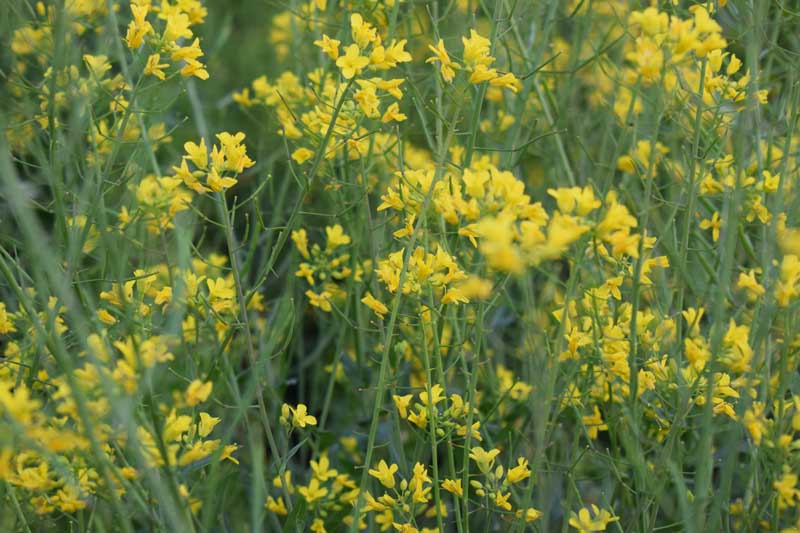
It uses this stored energy and nutrients to grow a flower spike three to seven feet tall (one to two meters) that hosts clusters of yellow flowers.
B. oleracea was domesticated thousands of years ago. The details of its cultivation prior to the Hellenistic period are unclear, and at this time it was already an established food crop with known smooth-leaved, curly-leaved, and wild varieties available.
Since then, it has been cultivated and bred to produce many different varieties and cultivars that vary wildly in appearance, but all have the same four-petaled flowers.
B. oleracea varieties are classified in seven major groups, according to their developmental forms:
- Acephala group – Collard greens and kale
- Alboglabra group – kai-lan (Chinese broccoli)
- Botrytis group – Cauliflower and Romanesco broccoli
- Capitata group – Cabbage
- Gemmifera group – Brussels sprouts
- Gongylodes group – Kohlrabi
- Italica group – Broccoli
The Acephala (non-heading) group is most like natural wild cabbage in shape and appearance.
The following are the most common cultivated varieties:
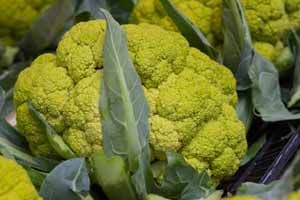
Broccoflower
Brassica oleracea var. botrytis x italica
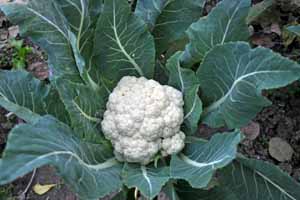
Broccoli di Torbole
Brassica oleracea var. botrytis
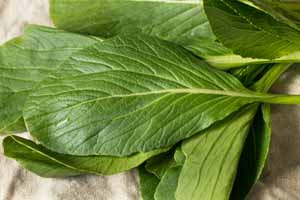
Gai-lan (Kai-lan)
Brassica oleracea var. alboglabra
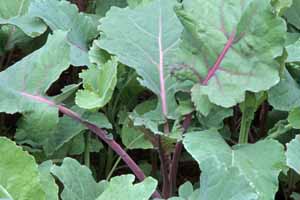
Marrow-Stem Kale
Brassica oleracea var. medullosa
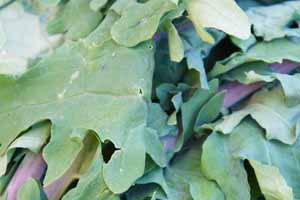
Perpetual Kale
Brassica oleracea var. ramosa
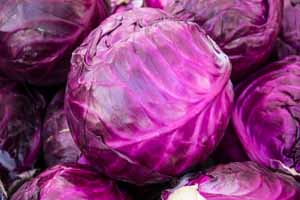
Red Cabbage
Brassica oleracea var. capitata f. rubra
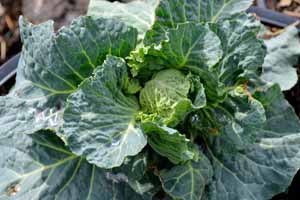
Tronchuda Kale
Brassica oleracea var. costata

Wild Cabbage
Brassica oleracea var. oleracea
So if you’re ready to get growing with some of these crunchy crucifers, click into one of the selections above and find all you need to know about growing that particular variety or cultivar. Happy gardening!

